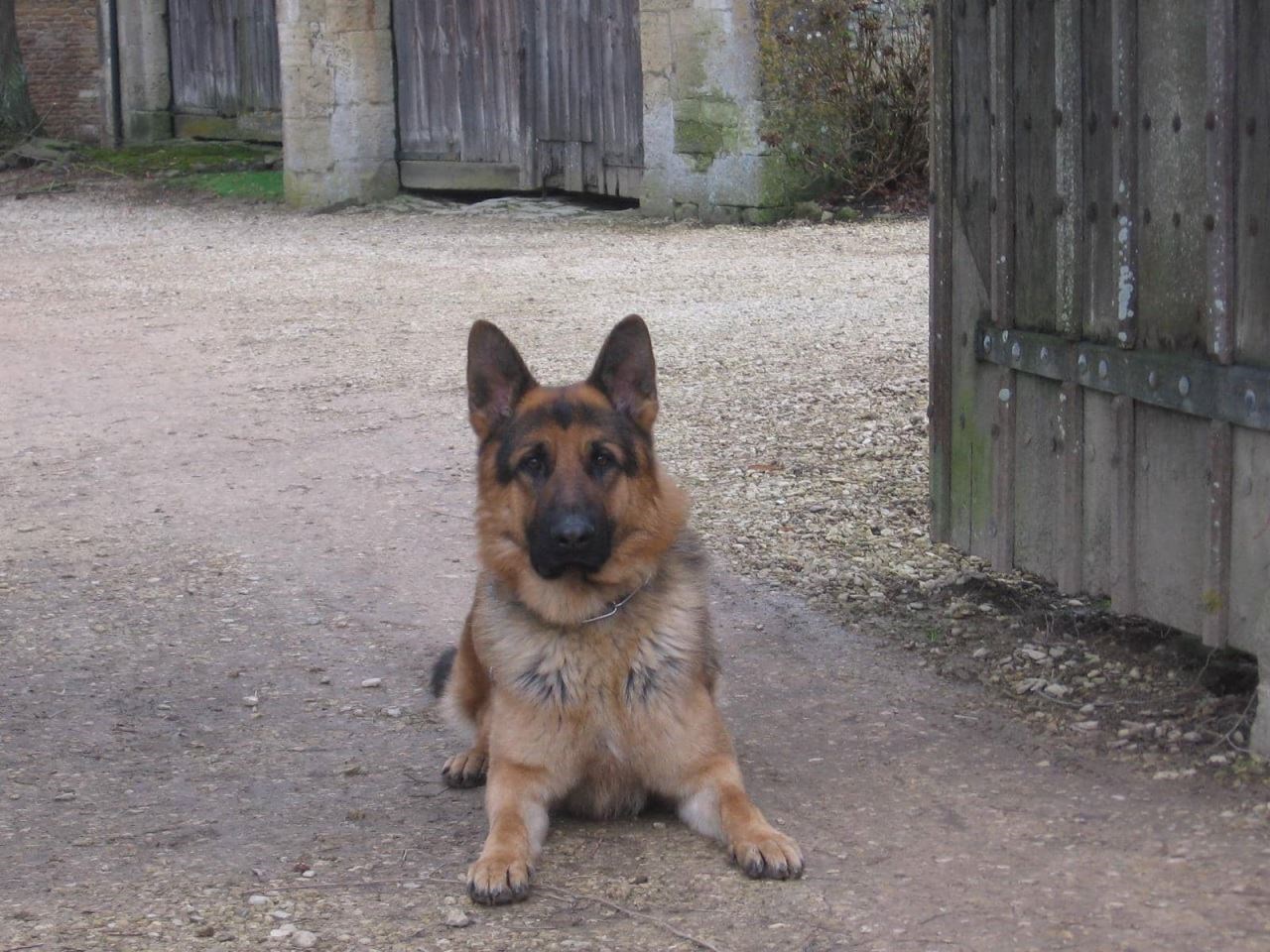Aging Protection Dogs: Understanding Their Capabilities and Care
As expert protection dog trainers in the UK, we understand the importance of having a loyal and capable companion by your side. (Or as we prefer to say... 'The Sword At Your Side'). A well-trained protection dog can provide you with a sense of security and peace of mind. However, it's essential to recognise that just like humans, protection dogs age, and their capabilities change over time.
What happens when a protection dog grows old?
In this article, we will explore what happens when a protection dog grows old, how long they can defend you, and how to adapt their care to suit their aging needs.
How long is my protection dog capable of defending me?
One of the common concerns for individuals and families considering buying protection dogs is how long their four-legged personal guardians will be capable of defending them. While the physical capabilities of an aging protection dog may decline, their instinct to protect you remains strong.
Much like a former soldier or have-a-go hero, they will always try to step in when they perceive a threat.
What's the effectiveness of an older protection dog's defence
It's important to understand that the effectiveness of a protection dog's defence can vary depending on several factors, including their overall health, training, and individual temperament. Older protection dogs may not possess the same level of physical strength and agility as when they were in their prime. However, their experience, intelligence, and unwavering loyalty make them a force to be reckoned with.
Maintenance programmes for your protection dogs
We'd like to help you throughout the life of your protection dog, so please have a read through our maintenance programmes for protection dogs
Dietary changes to suit an older dog
As your protection dog ages, their dietary needs will change. It's crucial to provide them with a nutritionally balanced diet that supports their overall health and well-being. Older dogs often require fewer calories due to decreased activity levels and a slower metabolism.
Consult with your veterinarian to determine the appropriate diet for your aging protection dog. They may recommend a senior-specific formula that includes joint-supporting ingredients, such as glucosamine and chondroitin. Additionally, omega-3 fatty acids can help promote healthy skin and coat, while antioxidants can support their immune system.
Tailoring exercise to suit an older protection dog:
Exercise plays a vital role in keeping your protection dog physically and mentally stimulated. However, as your dog gets older, their exercise needs may change. Vigorous physical activities that were once a regular part of their routine may become challenging or even detrimental to their health.
Instead, focus on low-impact exercises that provide mental stimulation while minimising strain on their joints. Shorter, more frequent walks can be beneficial, allowing them to maintain muscle tone and cardiovascular health.
Mental exercises for dogs, such as puzzle toys or scent games, can keep their minds sharp and engaged. Remember to adjust the intensity and duration of exercises based on your dog's individual needs and consult with your veterinarian if you have any concerns.
Dogs and hydrotherapy
Consider hydrotherapy for your aging protection dog. Hydrotherapy, or water-based therapy, can be a wonderful option for aging protection dogs. Many dogs naturally enjoy being in the water, and hydrotherapy can provide numerous benefits.
The buoyancy of water reduces stress on their joints, allowing for low-impact exercise and muscle strengthening. Hydrotherapy can also help manage arthritis pain, improve range of motion, and promote relaxation.
Before starting hydrotherapy, consult with a professional who specialises in canine hydrotherapy or call us for advice and we'll be pleased to help. They will assess your dog's condition and develop a tailored program to suit their specific needs. Always prioritise safety and ensure that the hydrotherapy facility is reputable, maintaining proper hygiene and employing trained staff.
As your protection dog grows old, their physical capabilities may change, but their instinct to protect you remains steadfast. They will always strive to defend you to the best of their abilities. To support their aging needs, make appropriate dietary adjustments, tailor their exercise routine, and consider hydrotherapy as a means of maintaining their overall well-being.
Remember, the bond you share with your protection dog goes beyond their physical prowess. Their love, loyalty, and unwavering dedication are timeless. By adapting their care to suit their changing needs, you can ensure that your aging protection dog continues to provide you with companionship, security, and peace of mind for years to come.


